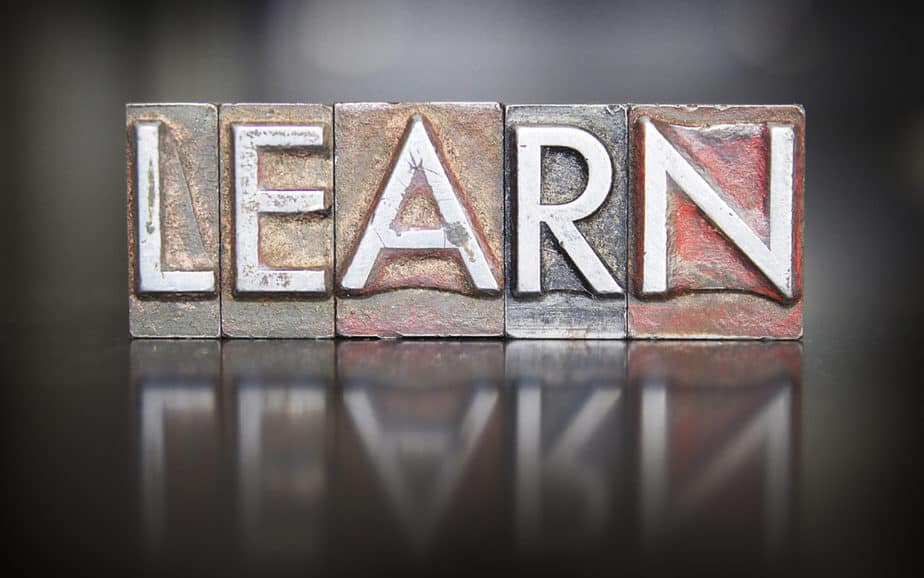How do you learn?
Everybody learns differently. Maybe you’ve noticed you prefer lectures to drawing diagrams. Or perhaps you learn better when you take notes versus doing a project. Whatever the case you are likely within one of these three categories of learning: auditory, visual, or kinesthetic. This week we’ll be discussing how you can determine your learning style and give some effective study tips for each group.
Auditory
Auditory learners tend to thrive in traditional learning settings. When we think of a class we often picture the teacher using a lecture-based lesson to give the students information. This works well for the auditory style. When given a task, auditory learners are able to comprehend directions better when spoken out loud as opposed to having it written down. They also often have a hard time with writing.
If you’re are an auditory learner, try saying your notes out loud as you study. You can also use your phone (or other device) to record lectures or (if you’re unable to do that) record yourself going through your notes. Use of music, rhymes, or stories can also be very effective memory techniques for an auditory learner.
Visual
Visual learners tend to benefit more from looking at diagrams, charts, or PowerPoint presentations. They have a need to be shown things in order to understand them. Often they struggle to comprehend spoken directions and prefer for them to be written down. They also usually have an artistic personality and struggle following lectures.
Some study tips for visual learners include taking color coded notes during lessons and writing out any directions spoken by the instructor. Keep important information in places you will see several times a day (particularly if you have a test coming up.) While looking through your notes, you can also draw pictures or diagrams of information to help you organize it in your head. Essentially do everything you can to better visualize what you learn.
Kinesthetic
About 85% of students are kinesthetic learners (meaning they need to EXPERIENCE it to understand it.) They are most successful when involved in a project, a field trip, or some other more hands on experience. While in a classroom setting they usually have a hard time sitting still during a lecture. Often (though not always) they have some sort of athletic ability.
If you’re a kinesthetic learner, try to find a way to study using practical experiences such as making models, role playing, or doing lab work. If you can’t find a way to turn the information into a practical experience, memorize or run through the information while doing something else such as running, walking, or even just standing. During a study session take frequent 10-15 minute breaks. You can also turn the studying into a game like jeopardy or do trivia using index cards,
Once you gain a sense of your learning style it can become much easier to find success in whatever area of schooling you are in. It’s a huge step in gaining better study habits and improving as a student.
References
American River College. “Study Tips for Different Learning Styles.” Gavilan College. https://www.gavilan.edu/tutor/documents/StudyTipsforDifferentLearningStyles_000.pdf. Accessed 13 October 2018.
Burgess, Lee. “The Best Study Techniques for Your Learning Style.” ThoughtCo., (17 March 2017), https://www.thoughtco.com/best-study-techniques-for-learning-style-2155033. Accessed 13 October 2018.
Farwell, Terry. “Is Your Kid a Visual, Auditory, or Kinesthetic Learner?” familyeducation. https://www.familyeducation.com/school/multiple-intelligences/learning-styles-visual-auditory-kinesthetic. Accessed 13 October 2018.

